#tenement house
Text









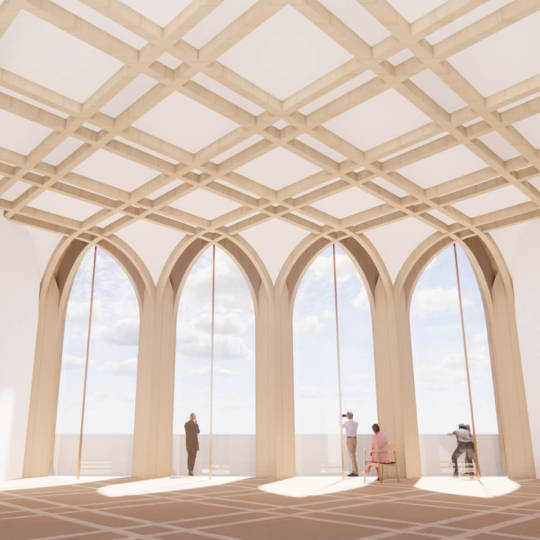



The Krakow Tenement House near Wawel,
Poland, Krakow, ul. Powiśle 10,
BXB Studio,
Visualization:
Unique Vision Studio Rafał Barnaś
#art#design#architecture#boutique hotel#travels#luxury hotel#luxury lifestyle#interiors#luxury hotels#krakow#poland#BXB studio#tenement house#wawel#concept#hotel concept#render#rooftop#renovation#restauration
22 notes
·
View notes
Text

Exposed wall of a tenement in Glasgow, (presumed), photography by Eric Watt.
23 notes
·
View notes
Text

Minecraft old town houses
#minecraft#minecraft build#minecraft art#minecraft project#minecraft builder#minecraft screenshots#art#project#minecraft house#minecraft house idea#church#cathedral#goth#gothic#architecture#old town#minecraft town#city#tenement house#apartment house#edinburgh#scotland#uk#united kindom
12 notes
·
View notes
Text

Madonna statue on the facade of Moritz Schratter's tenement house with a café, the so-called Margarethenhof or Marienhof, Brno.
Soška madony na fasádě nájemného domu Moritze Schrattera s kavárnou, tzv. Margarethenhof nebo Marienhof, Brno.
Madonnenstatue an der Fassade des Mietshauses von Moritz Schratter mit Café, dem sogenannten Margarethenhof oder Marienhof, Brünn.
Běhounská 12/110, 602 00 Brno-střed, Czech Republic
#Madonna statue#Moritz Schratter#Maxim J. Monter#tenement house#obytný dům#Běhounská#café#Margarethenhof#Margaretenhof#Marienhof#soška madony#kavárna#Madonnenstatue#Mietshaus#Café#Brno-střed#Brno#布尔诺#Brünn#Брно#Morava#Mähren#Моравия#Moravie#Morávia#摩拉維亞#Czech Republic#Česká republika#Tschechien#Чешская Республика
2 notes
·
View notes
Text

PL:
Kamienice Przybyłowskie, Kazimierz Dolny
Kamienice Przybyłowskie powstały w 1615 roku, w południowym narożu kazimierskiego rynku. Ich nazwa wzięła się od imion właścicieli, zamożnych braci Mikołaja i Krzysztofa Przybyłów, którzy przyozdobili kamieniczki wizerunkami swoich świętych patronów. Zrośnięte ze sobą domy mają identyczny układ fasad: przyziemie z podcieniami o trzech arkadach i piętro z trzema oknami. Fasady są bogato przyozdobione płaskorzeźbami przedstawiającymi ludzi, zwierzęta, ornamenty roślinne i linearne, chrześcijańskie i mitologiczne, średniowieczne fantazje i renesansowe groteski. Wszystko to przeplatane obficie łacińskimi sentencjami filozoficznymi. Obydwie kamieniczki były ponoć polichromowane, o czym mogą świadczyć widoczne do dzisiaj ślady.
Starsza z kamienic, „Pod Świętym Mikołajem” nosi nazwę od płaskorzeźby św. Mikołaja umieszczonej pomiędzy oknami pierwszego piętra. Na ozdobnych pilastrach w narożach budynku widnieją płaskorzeźby św. Jakuba i św. Tomasza. Po 1772 r. budynek pełnił rolę ratusza.
Kamienica „Pod Świętym Krzysztofem”, wzięła nazwę od gigantycznej płaskorzeźby pośrodku fasady, ukazującej św. Krzysztofa, przenoszącego przez wodę małego Jezusa, który siedzi mu na ramieniu. Na pilastrach w narożach budynku widnieje postać Judyty i Salome. Dach budynku zachował się w pierwotnej formie, tzn. jest wklęsły.
Obecnie w Kamienicach Przybyłowskich znajdują się pomieszczenia Urzędu Miasta oraz Banku.
EN:
Przybyłowski Tenement Houses, Kazimierz Dolny, Poland
The Przybyłowski tenement houses were built in 1615, in the southern corner of the Kazimierz market square. Their name comes from the names of the owners, wealthy brothers Mikołaj and Krzysztof Przybyła, who decorated the tenement houses with images of their patron saints. The adjacent houses have an identical arrangement of facades: a ground floor with arcades and a first floor with three windows. The facades are richly decorated with bas-reliefs depicting people, animals, plant and linear ornaments, Christian and mythological, medieval fantasies and Renaissance grotesques. All this is interwoven with Latin philosophical maxims. Both tenement houses were apparently polychrome, as evidenced by the traces still visible today.
The older tenement house, "Under Saint Nicholas", is named after the bas-relief of Saint Nicholas placed between the first floor windows. The decorative pilasters in the corners of the building feature bas-reliefs of Saint. James and Saint Thomas. After 1772, the building served as the town hall.
The tenement house "Under Saint Krzysztof" took its name from the gigantic bas-relief in the center of the facade, showing Saint Christopher, carrying little Jesus through the water, sitting on his shoulder. The figures of Judith and Salome appear on the pilasters in the corners of the building. The roof of the building has been preserved in its original form, i.e. it is concave.
Currently, the Przybyłowski Tenement Houses house the City Hall and the Bank.
#kazimierzdolny#kazimierz dolny#polska#poland#kamienice#tenement house#rynek#marketsquare#market square#europe#europa#architektura#architecture
0 notes
Text

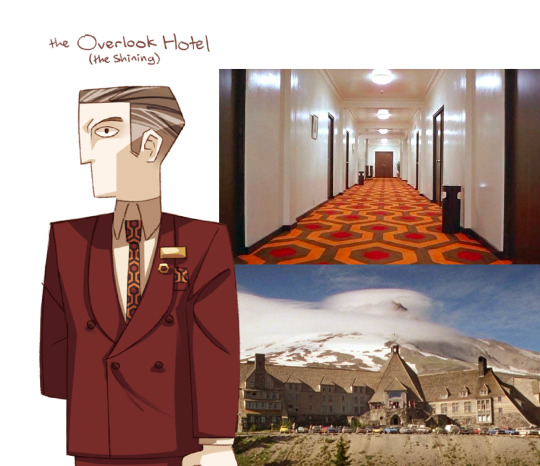
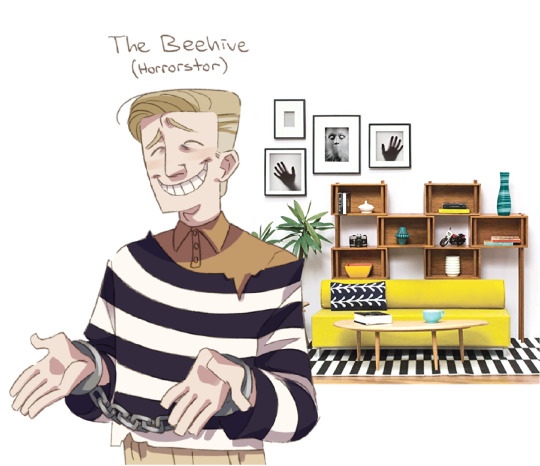


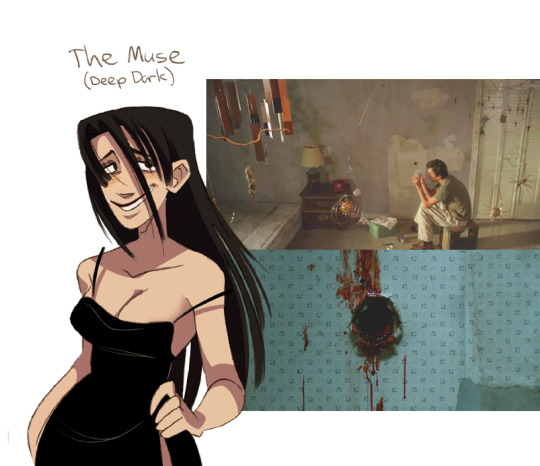
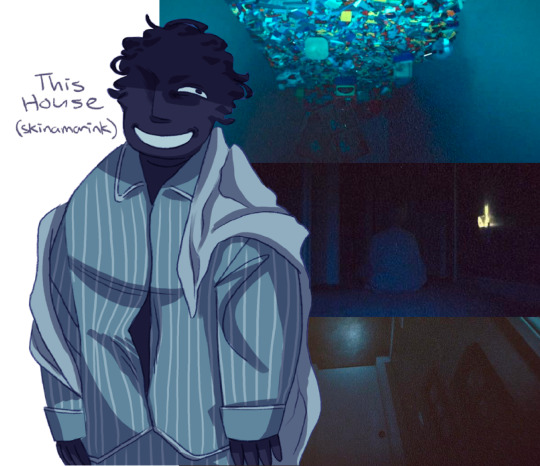
MORE SENTIENT ARCHITECTURE !!!!
#the shining#horrorstor#i am in eskew#kitty horrorshow’s tenement#deep dark movie#skinamarink#genius loci#only one of these is a house but i gotta take what i can get#fio draws
6K notes
·
View notes
Text
probably my favorite esoteric piece of Thief media is this "Interview with Garrett" some game magazine did (with garrett's responses actually written by the game's writer), and the interviewer asks why garrett's shoes make so much noise cloppin around when he's trying to be stealthy and garrett's like "these fine leather boots are the most exquisite ive ever seen.... i stole them from a noble and couldn't let them go...... i never take them off....."
the idea of garrett, who despises anything ostentatious and wears clothes so filthy his smell gives him away before his sound does, stealing a pair of shoes so beautiful he refuses to wear anything else ever again, even though they're tapdancing shoes and he sneaks around for a living, still slays me
#you cant really call it canon but what IS canon is Garrett's little quirks and sentiments that he tries to pretend he's better than#he would totally admire a pair of fine crafted boots when no one was looking#alright we canonizing interview with garrett in this house#thief the dark project#thief ii the metal age#although he does have a sense of style#after snapping out of his brooding era in The Dark Project he buys nicer clothes and starts decorating his tenement n stuff#he starts reconnecting with himself awwww#honestly though garrett's subtle development through both Dark Project and Metal Age is one of the high achievements of video game writing#but that's like saying one stained glass window of notre dame is a high achievement of architecture#thief is a juggernaut
139 notes
·
View notes
Text

Tenement House "Under The Gutenberg", 22.07.2023
Łódź, Poland
#poland#polska#photography#photographers on tumblr#canon#canon photography#architecture#łódź#lodz#łódzkie#tenement#house
33 notes
·
View notes
Text
Panel blocks are weird
I recently got into the kind of horror media that could only be described as "houses that hate you" and it's always some old place or a family home. And while yes, those have the potential to be like that they always lacked a little something for me.
Then I found Tenement, a game by Kitty Horrorshow. She is most famous for Anatomy, which is an other one of these kinds of horror games. But surprisingly, I found Tenement somehow more... I guess the right word is personal. Nostalgic, even.
And then it clicked. It was because of the panel house-esque aesthetic. You know, the eastern european "commie blocks". I grew up in one and it got me thinking. Could a panelka hate you? In any case, here's a list of memories that just. Happened there.
The stairs. They always felt so empty. They were always quiet. They sort of existed in a strange in-between area.
Grey. They were all grey. Some got painted, like ours, it was a weird disguasting shade of pink, faded. But I have seen it being grey, I knew it was a lie.
You always had to be quiet. Anybody could hear you any moment. And you could hear anybody too. My neighbour always sneezed like a monster.
The kitchens were always so small. In the communism/socialism the higher ups said that it's the kitchens were people talk. And where people talk, new ideas can born, not all of which favourig the regime. So they made the kitchens small.
Nightmares. Honestly I think it deserves its own post but while I lived there I always had weird and surreal panelka themed nightmares. Being unable to fly, living in the walls, taking the elevator down to impossible depths.
Heights. Panel houses were usually 10 storeys high, at least where I lived. I lived at the 8th floor. The view was always breathtaking. I loved staring out the window. Back then, I was not afraid of falling. I found an old picture of that view. I haven't seen it in at least six years. It looks like those #easternblocdepression pictures. Yet to me it was beautiful.
I'm not sure where I was going with this. The house I live in now, I don't think it feels anything towards me. That panelka though? It loved me and wanted to eat me alive. And I loved it too.
#ilmarinen.txt#eastern europe#panel house#commie blocks#kitty horrorshow#tenement game#actually im rambling don't mind me#houses and themes got me thinking again
14 notes
·
View notes
Text
youtube
Did Roman apartment houses have a "Super" on site, or a doorman? Was parking included for your horse and wagon? What happened if your insula went condo? In this video you'll learn about Roman apartment houses, or insulae; who lived in an insula, and on what floors; the floor plan of a typical insula; and what a typical insula would have looked like.
#Rome#Roman#Ancient Rome#Ancient Roman#Insula#Insulae#Apartment#Aparment House#Condo#House#Housing#Urban Housing#High Rise#Tenant#Lease#Pompeii#Ostia#Tenement#Co-op#Family#Familia#Herculaneum#Domus#Domae#Villa#Residence#Penthouse#Poor#Poverty#Middle Class
20 notes
·
View notes
Text
production of newsies where everything is the same but at least two newsies have Irish accents and one of them has to be race.
#i know italian race is unavoidable even for me but Irish race.#hotheaded recent immigrant race. angry abt the way his family was treated. angry at the way he's treated now. living in the lodging house#bc there isn't room in the tenement his family lives in#not telling people abt his family bc he doesn't want people to think of it as a weakness but going hungry#far more often than he should because he's feeding them first#jack knows. jack whose dad had the same accent and who knows the pressure of caring for everyone#even when it's hard#anyway. yeah.#newsies#racetrack higgins
132 notes
·
View notes
Photo
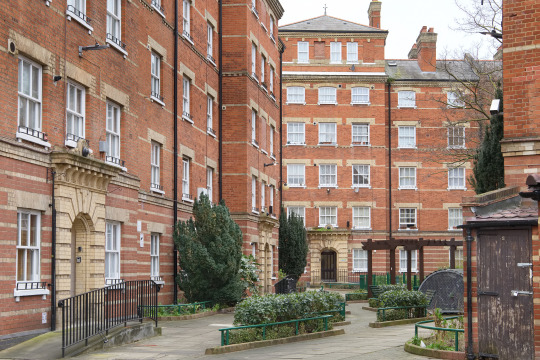
The Peabody Bethnal Green Estate
The blocks were built in 1910 originally as tenements with a shared bathhouse and laundry. They were modernised in the period from the 1950s to 1970s and then again in the 1990s.
#London#Bethnal Green#tenements#flats#housing#social#urban#estate#Peabody#urban photography#documentary photgraphy#England#UK
64 notes
·
View notes
Video
Great Arthur House, Golden Lane Estate by John Wolfe
Via Flickr:
London
#Great arthur house#golden Lane#Golden Lane Estate#London#Barbican#Farringdon#East End#Dark#flats#highrise#apartments#tenements#tenement#sinister#council#city#urban#clouds#cloudy#outdoors#estate#orange#grey#block#block of flats#council estate#decay#ugly#cities#capital
3 notes
·
View notes
Note
Rando question why do ned and cat end up raising robbs kids I feel like he'd drop out and try to do it himself. not necessarily succesfully but hey, idm if it's a difference of opinion but curious if there's some thought there love your work <3
assuming this is about this post, all modern au posts are what i think is funny in the 5 minutes im writing the posts out lol, not too much thought given to coherent canon. i thought it was a funny thing to add since nedcat having yet another non-bio kid is funny :) realistically robb highly values honour so he'd drop everything and do whatever it took to take responsibility. however, i think modern au robb would recognise that nedcat are better caregivers than a 19yo in rugby himbo university so he'd split time as best as he can but would end up trusting the baby with nedcat more often than not :)
#hes like ok. do i ask mum&dad to babysit my little bundle of joy and precious life in their big house#or do i raise it in me and theon's tiny tenement apartment. with theon. who is vaping constantly.#robb stark#ask#anonymous#MWAH anon i love picking my own brain apart ilu ilu<3333
11 notes
·
View notes
Text

Kamienica przy ul. Lipowej 28 w Białymstoku
Tenement house at 28 Lipowa Street in Białystok
The building, which has three storeys, was built in 1900. Its owner was Jankiel Rozenberg, then his son Izrael. After 1944 it was nationalised and in the 1990s privatised. It has one element that distinguishes it from other historic tenements in Białystok, the windows ending in the so-called ogee arches.
Mający trzy kondygnacje budynek, wybudowany został w 1900 roku. Jego właścicielem był Jankiel Rozenberg, następnie jego syn Izrael. Po 1944 została znacjonalizowana a w latach 90. XX wieku sprywatyzowana. Ma jeden element, który wyróżnia ją spośród białostockich zabytkowych kamienic. To okna zakończone tzw. oślim grzbietem.
#Kamienica#ogee arch#ogee#łuk w ośli grzbiet#tenement house#Mietshaus#Lipowa#łuk stępkowy#łuk siodłowy#łuk flamboyant#Kielbogen#Eselsrücken#Akkolade#Sattelbogen#Schottischer Bogen#arc#accolade#windows#okna#Fenster#Białystok#Podlasie#Podlachia#Balstogė#Беласток#Білосток#ביאַליסטאָק#Белосток#Bjelostock#Bialystok
3 notes
·
View notes
Text
It's a Small World after all...
Now more than ever, kids need – we ALL need – books with diverse points of view, and books that introduce readers to different cultures. Here are a couple I’ve enjoyed.
Sari-Sari Summers, by Lynnor Bontigao, (Apr. 2023, Candlewick Press), $18.99, ISBN: 9781536226140
Ages 4-7
Nora loves visiting her Lola – her grandmother – in the Philippines, where she also helps at her Lola’s sari-sari store.…

View On WordPress
#Adelina Lirius#Candlewick Press#grandparents#immigrant#intergenerational relationship#Jewish#Laurie Wallmark#Lynnor Bontigao#New York#Pandemic#Philippines#Random House Studio#Rivka&039;s Presents#Sari-Sari Summers#tenement
3 notes
·
View notes
